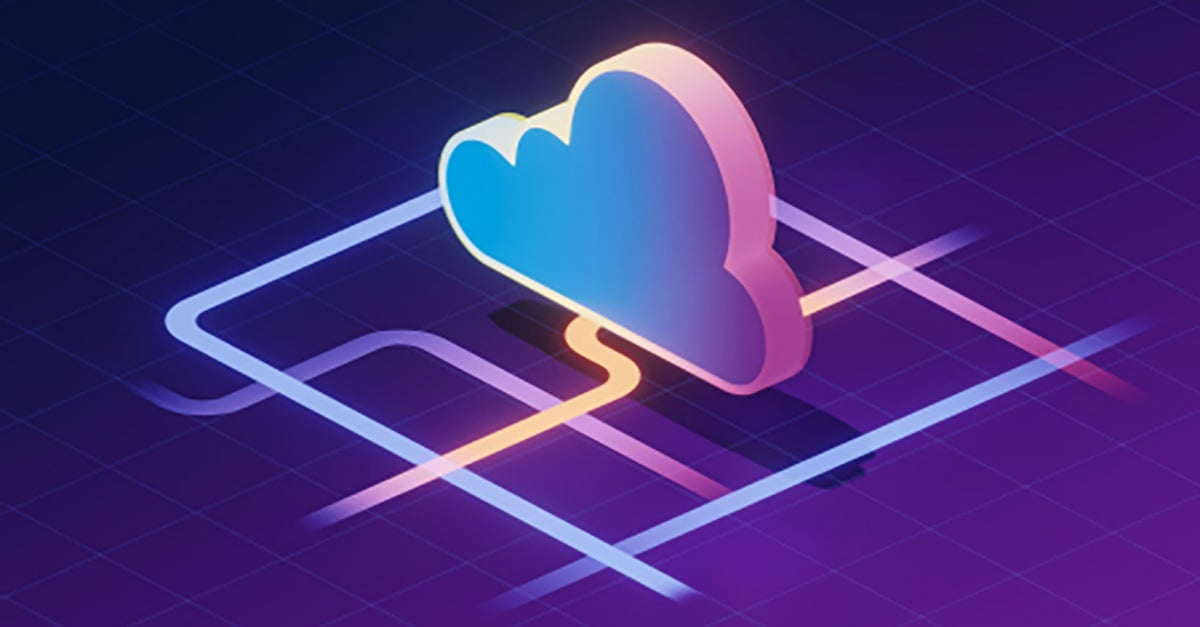5 min read
A Guide to Google Cloud Backups
Human error, malware, cyberattacks, hard drive failures, and other incidents can lead to the loss of critical digital information. That’s why having...
Data restoration can be costly, time-consuming, and at times impossible without a disaster recovery plan. When disasters occur, whether natural or caused by human action, organizations must have systems in place for end-to-end data protection.
Google Cloud Backup and Disaster Recovery (DR) offer customers centralized backup management across multiple workloads from the Google Cloud console. This blog will discuss Google Cloud Disaster Recovery and how it can work for your business.
Disaster recovery (DR) is the process of restoring access and functionality to an organization’s IT infrastructure after service-interrupting events, such as power outages, cyberattacks, or natural disasters. Traditional DR planning requires a set of policies, processes, and tools designed to mitigate harm. Disaster recovery is a subset of business continuity planning and is critical to data protection.
Service disruptions and data loss can be sudden and affect customer trust, brand authority, and your bottom line. With sufficient backups and planning, you can reduce the impact of a disaster and resume operations sooner.
A company’s disaster recovery plan offers a standardized response to disruptive events. You should organize your plan by type of disaster and location and include step-by-step instructions for implementation.
The goals of an effective disaster recovery process should:
Google Cloud Backup and Disaster Recovery (DR) are excellent data protection tools. With centralized backup management from the Google Cloud console, admins can get a holistic view of backups spanning multiple workloads.
These storage solutions also make it possible to generate application- and crash-consistent backups for virtual machines (VMs) on Google Compute Engine, VMware Engine, and on-premises VMware, databases (such as SQL Server or SAP), and file systems.
When you use Google Cloud Backup and DR, your backup data remains in its original, application-readable format. Backup data will be available as-is when you access your long-term backup storage (such as Google Cloud Storage).
These tools also support “incremental forever” storage technology, which can lead to reduced storage consumption costs. After Google Cloud creates the initial backup, only changes in data since the prior backup are stored as subsequent backups. This has several advantages, including lowering the network bandwidth required for transmitting the associated data, enabling faster backup capturing, and minimizing the amount of storage consumed.
Beyond these beneficial features, Google Cloud Backup and Disaster Recovery can be valuable components of DR planning. Two key factors to consider when DR planning are recovery time objective (RTO) and recovery point objective (RPO). RTO describes the maximum amount of time service can remain down before causing significant harm. RPO is the maximum acceptable amount of data loss for an organization, measured in time.
When it comes to fulfilling your RTO and RPO values, using Google Cloud Backup and Disaster Recovery can be much simpler and more cost-effective than meeting these goals on-premises. The Google Cloud Platform (GCP) has several features designed to make data and application recovery faster, easier, and more reliable.
In addition to Google Cloud Backup and Disaster Recovery, Google offers quite a few data protection products that can contribute to a comprehensive DR plan. Here are some tools to help your business build a robust disaster recovery process.
In addition to these tools, Google Cloud offers several features that support disaster recovery. Utilize managed services like Compute Engine Autoscaler for fast and automatic scalability while taking advantage of Google’s global network, which offers consistent performance. You can also benefit from world-class security and redundancy.
As a dedicated Google partner, we’re experts in every Google product and service. From the Google Cloud Platform and Google Workspace to ChromeOS devices, Promevo will work closely with you to find the best solutions for your needs and goals. We make it our mission to help you harness the full potential of Google for your business.
If you have any questions or need additional training, contact us today. All Promevo customers receive free support from our Google certified specialists.
In 2022, Google announced Cloud Backup and Disaster Recovery (DR). This Google service empowers organizations to enable centralized backup management directly from the Google Cloud console. Admins can create application- and crash-consistent backups for VMs on Google Compute Engine, VMware Engine, or on-premises VMware, file systems, and databases like SQL Server or MySQL.
Google Cloud Backup and Disaster Recovery offer a holistic view of backup data across multiple workloads. This makes accessing and managing backups faster, easier, and more efficient.
There are three disaster recovery patterns you can implement with the Google Cloud Platform — cold, warm, and hot. These patterns indicate how easily a system can recover from a disaster scenario.
A hot DR pattern is for companies with the resources to handle a complete system failure on their own. You can return to full service or performance almost immediately, creating high availability.
In a cold DR pattern, you have minimal resources — just enough to fulfill a DR scenario. The recovery process and downtime will be longer. Warm DR offers a middle ground between hot and cold. You have the resources to conduct a full recovery, but your services remain offline in the meantime.
A cold DR pattern can help keep costs low. However, if your RTO and RPO are small, a comprehensive hot DR pattern is the best option. A warm pattern is a good compromise if you want to cut costs but meet medium RTO and RPO values.
A complete and effective disaster recovery plan requires extensive research and provides detailed recovery procedures. The basic structure of a DR plan should include:
Meet the Author
Promevo is a Google Premier Partner for Google Workspace, Google Cloud, and Google Chrome, specializing in helping businesses harness the power of Google and the opportunities of AI. From technical support and implementation to expert consulting and custom solutions like gPanel, we empower organizations to optimize operations and accelerate growth in the AI era.

5 min read
Human error, malware, cyberattacks, hard drive failures, and other incidents can lead to the loss of critical digital information. That’s why having...

2 min read
Ensuring your digital assets are securely backed up and easily retrievable is more critical than ever. According to the 2024 Verizon Data Breach...

9 min read
Building scalable and reliable cloud-based applications on Google Cloud Platform (GCP) requires a different approach than traditional on-premises app...